 | Electronics & Design Projects Enter Your Electronics & Design Project for a Chance to Win Up to a $200 Shopping Cart of Product! | Project14 Home |
| Monthly Themes | ||
| Monthly Theme Poll |
This is the third list in a five part series where we list the Greatest Hits of the Project14 as part of the first Makevember celebration on the element14 community in honor of the third Makevember event. Makevember is an event that encourages everyone to spend 5 minutes a day working on projects to make things for the fun of it. The idea of a Greatest Hits compilation is borrowed from music. On a Greatest Hits compilation you'll see 20-25 songs in no particular order and you'll notice a lot of gems missing if you're at all familiar with the artist's work. In the spirit of Makevember its not about whose project is "best", won prizes, and it is not a ranked or ordered list. It's a celebration of the effort, the learning, the fun, the creativity, the skill, and the entertainment that you have provided to make this program possible.
We'll be releasing parts of the 25 54 greatest Hits of Project14 throughout Makevember and by the time we have finished this list, you'll have a representative sample of all the great work that's been done by the community members in support of this program. The purpose is not to exclude but to celebrate, and the hope is that the 25 54 projects selected are representative of everything that's been going on around here since things got started.
Here is the third batch (Projects 11-15) of the 25 54 Greatest Hits on Project14:
- Project 15: The Arduino Starter Kit Upgraded Case by gam3t3ch
- Project 14: Size Matters Not - An R2D2 Story by dougw
- Project 13: Automated Tea Dunker by carmelito
- Project 12: The Making of R2D2 - The Force on Wheels by Sean_Miller & connormiller
- Project 11: Exploding Kittens Soundboard by fvan
The following Greatest Hits have been added to the list:
- Project 011: Social Plant Survival Kit by msimon
- Project 012: 3000A current clamp table and amplifier by three-phase
- Project 013: A simple but scary gift of The Monster Book of Monsters (Harry Potter) by beagles
- Project 014: Automatic christmas bell ringers by danielw
- Project 015: Flashy LED Picture Frame by tonydbeck
Check out more Greatest Hits from the element14 Community:
- Greatest Hits (Projects 26-21)(Projects 021-026): Project14 | Makevember 2019: Weekly Winners: 54 Greatest Hits (Projects 27-21) plus (Projects 021-027)!
- Greatest Hits (Projects 20-16)(Projects 016-020): Project14 | Makevember 2019: Weekly Winners: 54 Greatest Hits (Projects 20-16) plus (Projects 016-020)!
- Greatest Hits (Projects 15-11)(Projects 011-015): Project14 | Makevember 2019: Weekly Winners: 54 Greatest Hits (Projects 15-11) plus (Projects 011-015)!
- Greatest Hits (Projects 10-6)(Projects 06-10): Project14 | Makevember 2019: Weekly Winners: 54 Greatest Hits (Projects 10-6) plus (Projects 06-010)!
- Greatest Hits (Projects 5-1)(Projects 01-05): Project14 | Makevember 2019: Weekly Winners: 54 Greatest Hits (Projects 5-1) plus (Projects 01-05)!
| {tabbedtable} Tab Label | Tab Content | ||||||||||||
|---|---|---|---|---|---|---|---|---|---|---|---|---|---|
| Project 15: The Arduino Starter Kit Upgraded Case |
gam3t3ch needed a new case/organizer for the Arduino Starter Kit that he got for Non-Electrical to Electrial issue: Battery booster pack repair as part of Project14 | Winners Announcement: DIY Simple Electronic Repairs! What better way then to enter another Project14 using what he got previously?
The case that's included with the Arduino Starter Kit is flimsy and a case such as the one gam3t3ch made is not only a sturdy, attractive upgrade from what's include. It also doesn't cost much to have something this awesome!
He made the case out of scrap piece of 2x6 cedar that he had laying around. The dimension of the completed case are 11x6x4 inches. He spent a total of $14 Canadian on this project for the hardware. Now he is organized and portable and able to continue my projects anywhere he needs to be. It's also great as a storage container for his projects.
| ||||||||||||
| Project 14: Size Matters Not - An R2D2 Story |
R2D2 is a monumental icon regardless of its physical size - that has meaning for a large number of people - one of the most popular characters who has no speech. dougw has been planning for quite a while to build an R2D2, but every time he took a concrete step towards that goal it seemed to look harder to achieve something reasonable. This entry is using A Question of Scale as an excuse to move this mini R2D2 project out of the planning stage and into a build phase. It is great to finally get around to another project from my bucket list. This is definitely a scaled down version of R2D2.
| ||||||||||||
| Project 13: Automated Tea Dunker |
The Automated Tea Dunker from carmelito should be hit with anyone with an appreciation for tea! It's a Rube Goldberg prototype uses an Arduino pro mini, two hobby 9G micro servos and a thumb joystick. carmelito provides an attachment to download and 3D print the STL files if you want to build on this awesome project that even includes Project14 branding! There are 4 STL files in total attached in the zip file below, which are going to be used as part of the servo mechanism. You can print this using PLA or ABS filament on your 3D printer. Visit the Automated Tea Dunker for additional details on putting the circuit together and for Arduino code to get started on your own automated tea dunker. He suggests that as soon as you've uploaded the code, "put in the hours of practice" and once you are "confident, dip the tea bag in a cup of hot water and enjoy!!"
Also on Project14 by carmelito :
| ||||||||||||
| {tabbedtable} Tab Label | Tab Content | ||||||||||||||||||||||||
|---|---|---|---|---|---|---|---|---|---|---|---|---|---|---|---|---|---|---|---|---|---|---|---|---|---|
| Project 12: The Making of R2D2 - The Force on Wheels |
When connormiller was around six, Sean_Miller told him that when he was his age, he always wanted to build an R2D2. He would look at tree stumps and imagine how he could cut it up into his shape. So, he and his son did a Google search to see if anyone else ever had that crazy idea. To his surprise, he found a forum on Yahoo Groups just for building R2. A guy in Australia was leading the charge since 1999. He had grown a community of 5000 around the world by 2010. As he researched, he immediately became attracted to the coding of the mechelectronics of the build. It was also the period he found the Ben Heck Show. He had programmed for leisure since he was 10, so now applying programming to control hardware was super fun. For over a year, he did nothing but learn about the Arduino, Netduino, proximity switches, servos, and motor controllers. Autodesk Fusion didn't exist, but he found Blender. It was, and still is, the hardest software I ever learned - but it is an amazingly powerful, free tool to substitute for 3D CAD once you learn it. After 3 years, he had a great movie prop. Not every body detail was finished, but they had enough to apply some programming and microcontroller skills. Ben Heck taught him how to make his own PCB. So, using Eagle, they designed the PCB shields to control R2's motor drivers using XBee radios. This allowed for the control to fit in his pocket. His first true circuit was in 2013 when he made a voltage regulator circuit.
Also on Project14 by Sean_Miller & connormiller:
| ||||||||||||||||||||||||
| Project 11: Exploding Kitten Soundboard |
Don't worry, he didn't really make any kittens explode ... Exploding Kittens is a card game he plays frequently, which he find to be a lot of fun. There's no coding involved in this particular project, as the default sketch on the TouchBoard takes care of all the needed functionality. Based on the card, I drew the kitten on a piece of wood and cut it out using the jigsaw. After a bit of sanding, he applied grey paint to the front and when dry, applied the details using black. The electronics are simple. The Touch Board (originally launched via Kickstarter) is an Arduino compatible board, offering capacitive touch sensing and mp3 play out, making it perfect for this project. Using conductive paint, four pads were created, each capable of triggering a different sound effect. The board supports up to twelve touch points, should you want or need even more sound effects. Copper tape connects the pads to the Touch Board. No programming required, as explained earlier!
| ||||||||||||||||||||||||
| Project 011: Social Plant Survival Kit |
msimon has a plant in his room and like many plant owners he's not always able to look after it when he's away. Plants need love and attention, as well as having their physical needs taken care of. No matter where he happens to be, it's important to him that his plant is watered properly, because without water or with excess water it could die. For this reason, he devised a watering system that will show him the plant status and water when he was absent. If given enough time, it will even send him photos or tweets.
He's got the watering system working per his requirements, later he'll implement some other functions like social media interactions. He provided schematics of the current system. The reason for using a Raspberry Pi is for the social media functionality, if you want to use his work only for watering than an Arduino would do the same job with less money and energy consumption. Later, he'll look for a correlation between the data and the health of the plant and modify the watering or system itself so he can adopt the best watering time and amount with some learning skills.
System Features: It measures the moisture level and warns user via led cloud and email when the water level is low. It waters the plant when it gets an email from the user It doesn't water more than once in a day to prevent over watering It records temperature data every 10 minutes It records when the watering warnings occurred and the system is watered
| ||||||||||||||||||||||||
| Project 012: 3000A current clamp table and amplifier |
For his entry in the electromagnetism contest, three-phase decided to look at building some current clamp table adapters. The intention of these was to allow me to test the full-scale range of current clamps utilizing his single phase injection test set. He also intended to look at trying to test the frequency range of these current clamps using a current amplifier. The concept of this has come about due to some monitoring work that was carried out whilst energizing a 132kV supply at a substation and the need to carryout transient analysis of the voltages and currents during the energization. He concedes that this hasn’t gone to plan at all, so this is more of a blog on the journey rather than a finished project.
Also on Project14 by three-phase: | ||||||||||||||||||||||||
| {tabbedtable} Tab Label | Tab Content | ||||||
|---|---|---|---|---|---|---|---|
| Project 013: A simple but scary gift of The Monster Book of Monsters (Harry Potter) |
This is a very simple project for beginners like beagles ... or anyone going to a Harry Potter fancy dress party and in need of a prop!
She used an arduino uno, a motor shield and wheels
This project introduced her to the motor shield and wheels... new bits of kit for her.
| ||||||
| Project 014: Automatic christmas bell ringers |
After rummaging through he many boxes of what is unilaterally called 'junk' by the rest of my family this member concluded that he needed to order some RC servos. He could also have bought a servo controller but he already had a couple of Arduino pro mini boards, so deciding to use one of them, he set to hacking. The project is based on his laptop running a Python program that interprets the musical sequence and outputs the commands over the same FT232 USB COM port as is used for programming the Arduino. The Arduino receives the commands and moves the servos as required.
| ||||||
| Project 015: Flashy LED Picture Frame |
This member has always been fascinated by LED displays and the effects that can be produced. Over the last few years multi colour programmable LED's such as Neopixels, WS2812B LEDs etc seem to have become very popular and with the ever increasing amount of cheap development kits on the market it has become a lot more reachable for a hobbyist to create some pretty cool projects with LED's! So he decided to build an LED matrix picture frame with an mbed LPC1768 board and 10m of WS2812B LED strip. He programmed the LPC1768 board to use Art-Net so that I can send data to the matrix from his laptop using Madrix or Glediator software. Although this is not the most creative LED project, He is still pretty pleased with it!
| ||||||


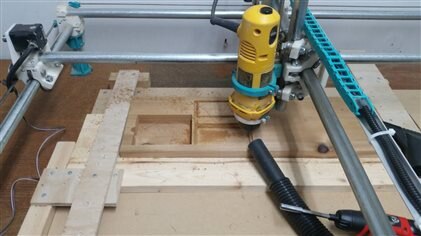
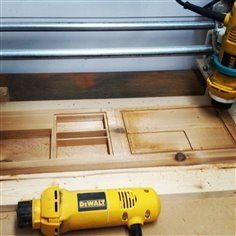
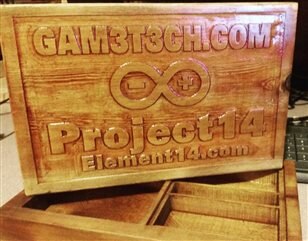
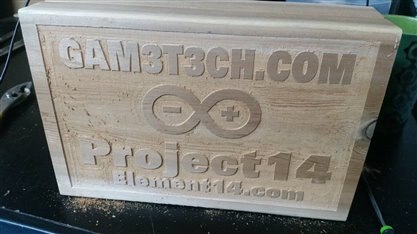
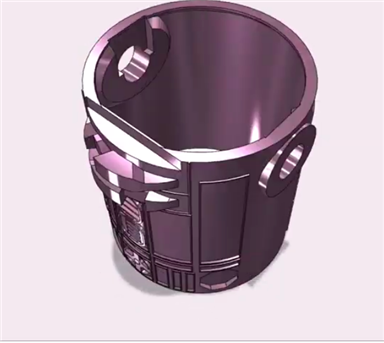
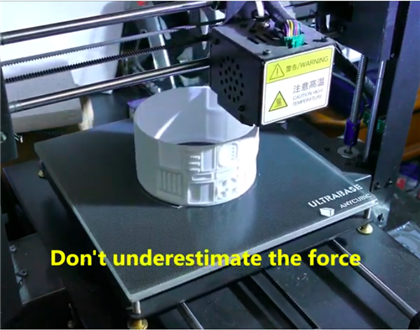

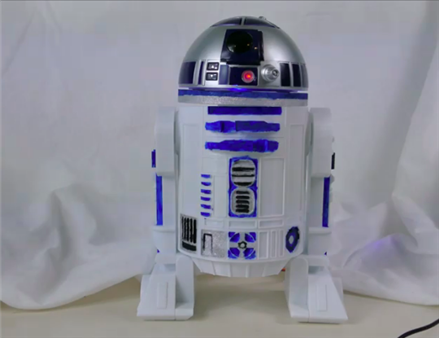

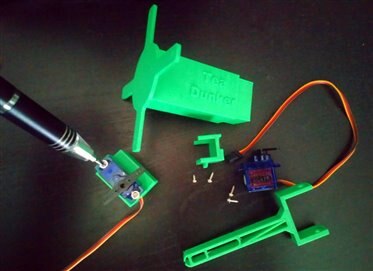

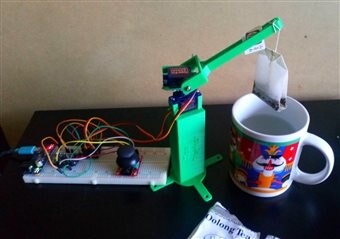
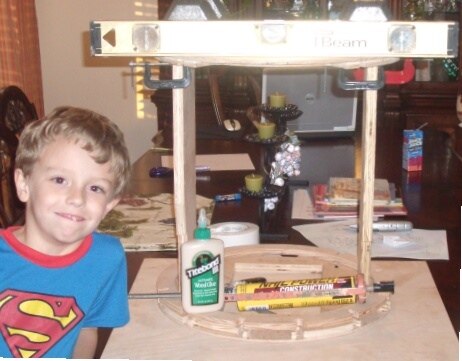
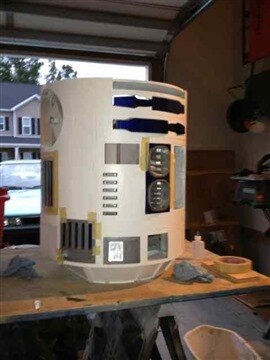
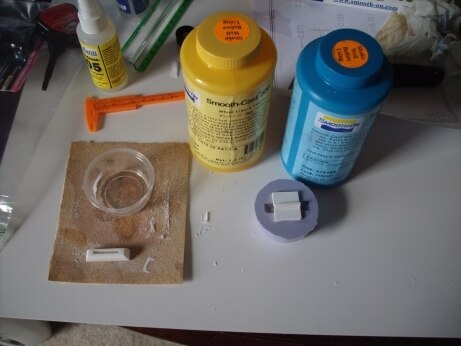
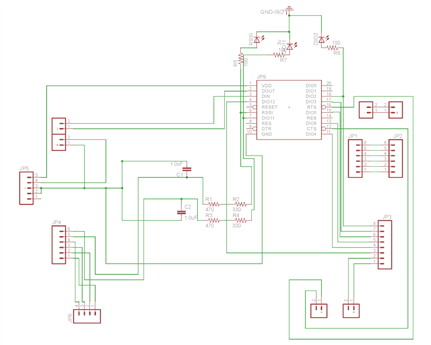


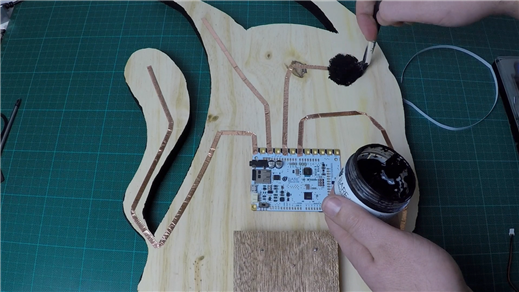
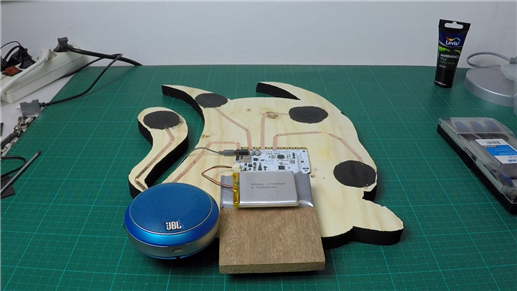

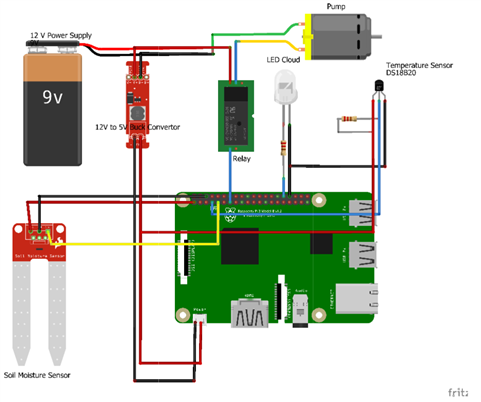

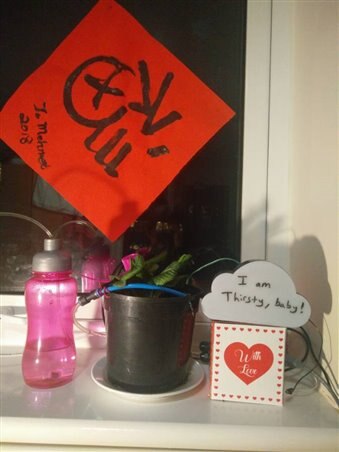
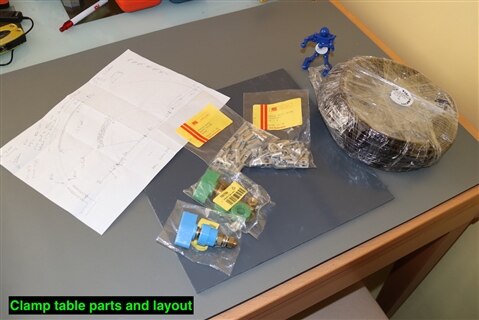
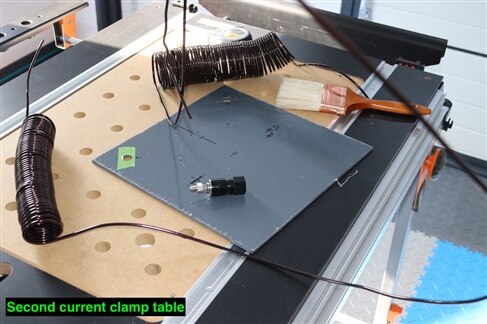
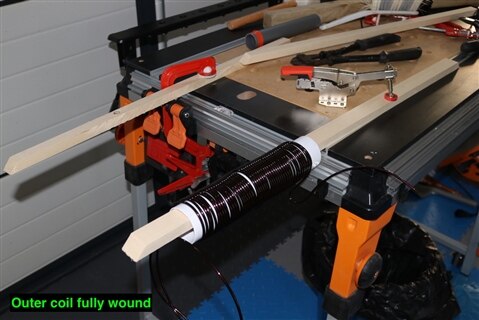

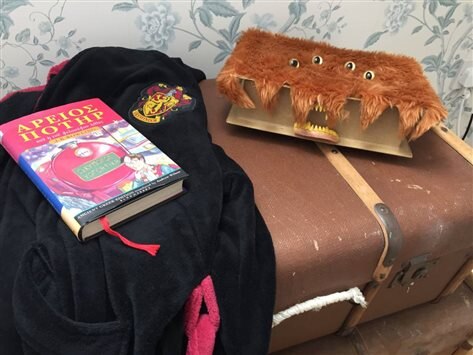
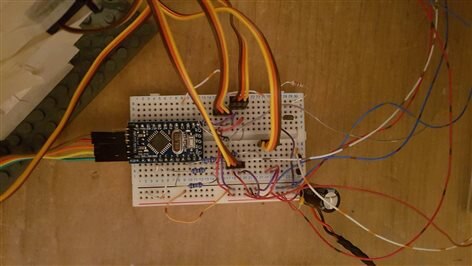
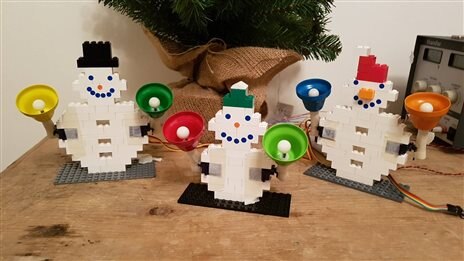
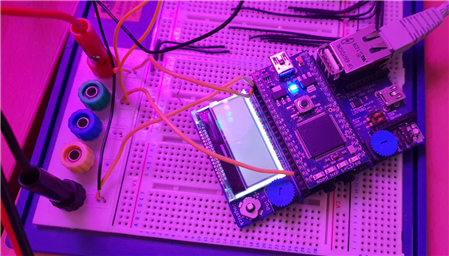
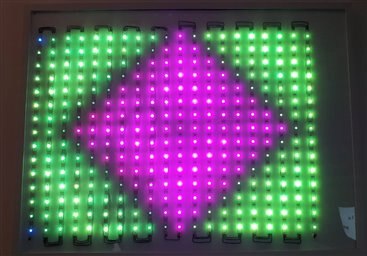
Top Comments
-

dougw
-
Cancel
-
Vote Up
+4
Vote Down
-
-
Sign in to reply
-
More
-
Cancel
-

tariq.ahmad
in reply to dougw
-
Cancel
-
Vote Up
+6
Vote Down
-
-
Sign in to reply
-
More
-
Cancel
-

dougw
in reply to tariq.ahmad
-
Cancel
-
Vote Up
+4
Vote Down
-
-
Sign in to reply
-
More
-
Cancel
-

dougw
in reply to dougw
-
Cancel
-
Vote Up
+5
Vote Down
-
-
Sign in to reply
-
More
-
Cancel
Comment-

dougw
in reply to dougw
-
Cancel
-
Vote Up
+5
Vote Down
-
-
Sign in to reply
-
More
-
Cancel
Children